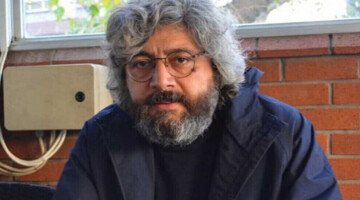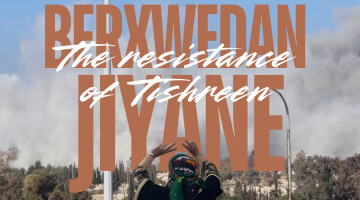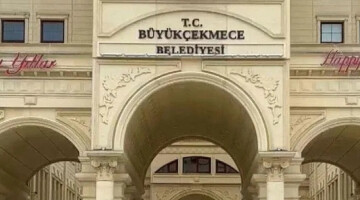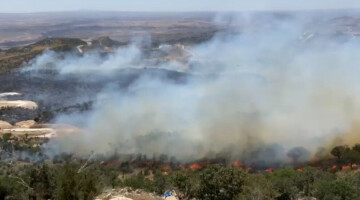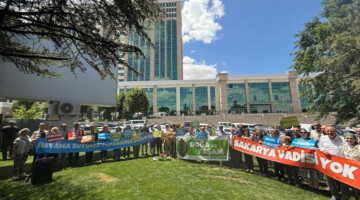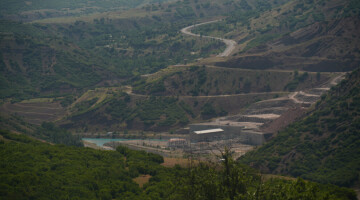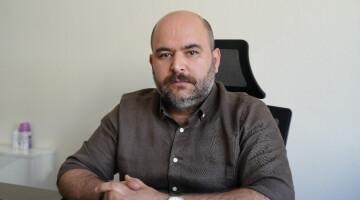The Initiative to Keep Hasankeyf Alive has issued an urgent call to resolve the mounting problems in the ancient city of Hasankeyf.
The call issued by the Initiative to Keep Hasankeyf Alive says: “Hasankeyf in the past has attracted hundreds of thousands of visitors each year, offering them the chance to explore the traces of more than 20 civilizations that contributed to the city’s cultural heritage. Hasankeyf – with a history spanning 12,000 years – held a special appeal to visitors from the region as well as to those from western Turkey and every corner of the globe, and this enabled local residents not only to provide for their families but also to share their specialized knowledge of this historic landscape.”

The call reminded that “today, with the completion of the Ilısu Dam and the creation of a huge reservoir, conditions in Hasankeyf have deteriorated severely: Local residents face both an immediate crisis of unemployment and very likely significantly diminished income for years to come. As for the city’s unparalleled cultural heritage, vast tracts of land holding archaeological and architectural remains of inestimable value lie unprotected beneath the water. Now, after only a few months of submersion beneath the reservoir, it is possible to observe significant deterioration in the condition of cultural heritage.”
The Initiative reminded how in recent weeks “it appears that erosion has uncovered what may be human remains near the cave church at the base of Ra’s Kayım, a site at the eastern edge of the lower city that figures in local oral historical accounts of the massacres of 1915. Despite the presence of ample immovable cultural heritage in Hasankeyf attesting to the significant role that Christians played in the city’s history for nearly 2000 years, the city’s Christian element is almost entirely excluded from the Government of Turkey’s cultural heritage conservation program (which comprises mainly the Hasankeyf Museum and the adjacent archaeological park).

The remains of villas, madrasahs and cemeteries in Hasankeyf’s Salihiyye Gardens are also showing signs of rapid deterioration. These remains constitute the best-preserved examples of the medieval garden districts typical of Seljuk cities across Anatolia and Persia. Unfortunately, this treasure of Islamic civilization will be lost forever unless urgent action is taken to save it.”

Reminding that “there are many ways to generate electricity, but the only way to achieve sustainable and diversified growth in Hasankeyf is by allowing the Tigris River to flow freely and restore the equilibrium of the natural ecosystem,” the statement asks the government to take immediate and urgent steps to halt the damage to and destruction of the cultural heritage of Hasankeyf and surrounding areas.
In particular, the Initiative listed what the government must do:
- Establish an independent, interdisciplinary commission of engineers, architects, cultural heritage conservation experts, etc. to evaluate the situation at Hasankeyf and evaluate and report to the public about ongoing threats to the Small Palace and Citadel, as well as progress on repairing/reopening the Hasankeyf Museum.
- Establish an independent, interdisciplinary commission, including sociologists, engineers, architects, housing and urban planning experts and others, to ensure that problems in the new settlement area of Hasankeyf – including problems with new housing, drinking water, and poor drainage during heavy rains – are resolved promptly.
- Ensure that all residents forcibly displaced during the implementation of the Ilısu Dam project are provided with access to adequate affordable housing as close as possible to the location of their original homes, regardless of gender, family status, wealth, employment status, or property ownership. All affected people must be compensated according to international law.
- Drain the reservoir, let the river run free, allow the natural ecosystem to regain its balance, and continue the excavation, documentation and conservation of the invaluable archaeological and architectural treasure hidden in the soil of Hasankeyf and the surrounding area.
- Document the intangible cultural heritage of the local residents of Hasankeyf and the nearly 200 villages of the flooded area.
- Develop systematic mechanisms to include a broad cross-section of stakeholders in a rigorous, consensus-based program to design, implement, and manage a plan for environmentally and socially sustainable development in Hasankeyf and the Upper Tigris basin – to preserve the natural beauty and value of the natural ecosystem for the social, cultural, scientific, and economic benefit of future generations.








